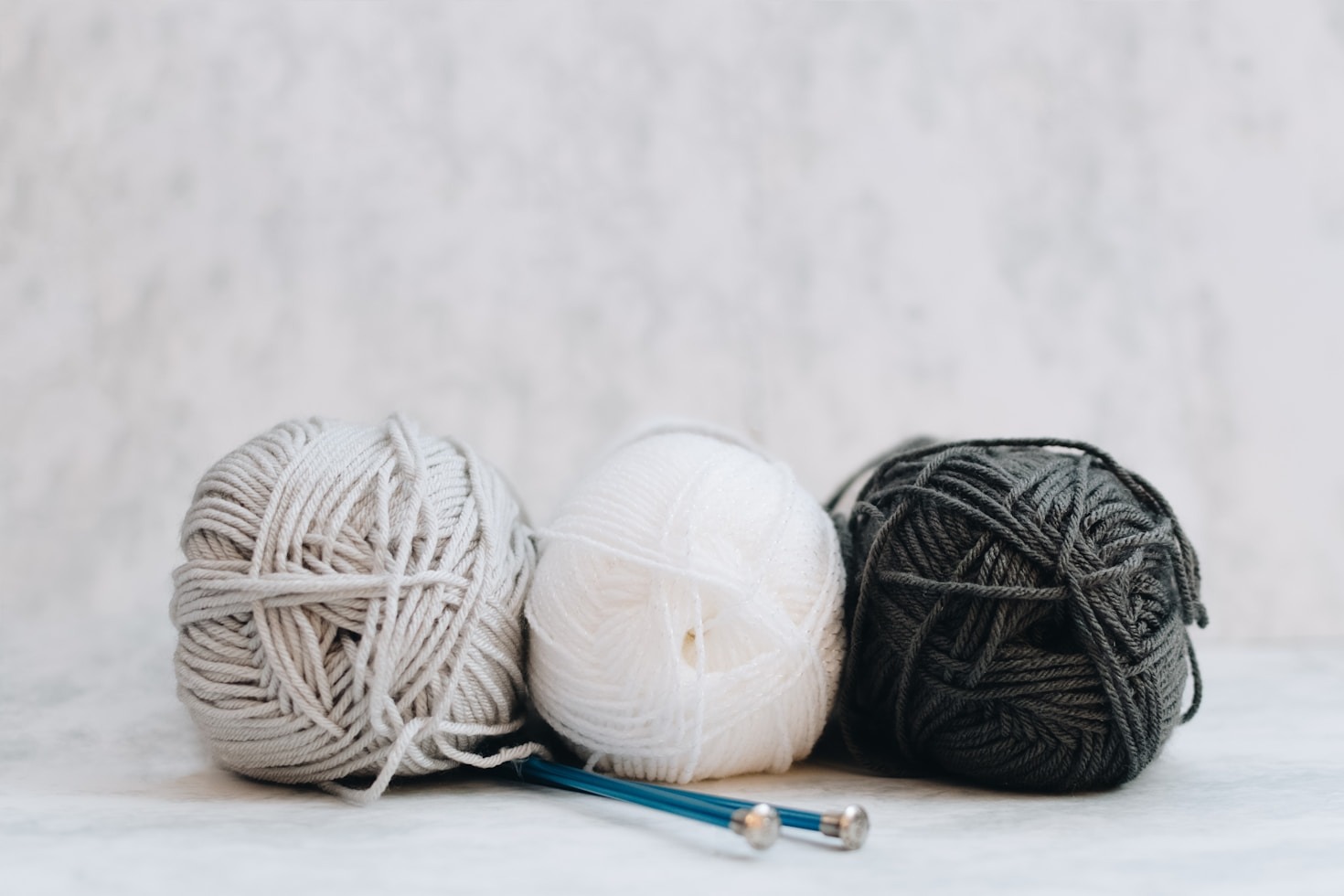Knitting might look intimidating at first—two needles, endless yarn, and what seems like a foreign language of abbreviations. But the beauty of knitting is that once you master a few basic techniques, you can create almost anything, from cozy scarves to heirloom sweaters. Whether you’re just picking up your first pair of needles or brushing up on the fundamentals, here are 10 essential knitting techniques every beginner should learn.
1. Casting On
Every project begins here. Casting on is the method of creating the very first row of stitches on your needle. The long-tail cast-on is the most popular because it’s stretchy and versatile, but there are other methods like the knit cast-on or cable cast-on, which can be useful for different projects. Think of it as setting the foundation for your knitting.
2. The Knit Stitch (K)
The most basic stitch—and the one that gives knitting its name. To knit, you insert the right needle through the stitch on the left needle, wrap the yarn, and pull it through. Rows of knit stitches create garter stitch, which is bouncy, textured, and great for beginners.
3. The Purl Stitch (P)
The purl is the knit’s best friend and opposite twin. Instead of inserting your needle from front to back, you do it from back to front. Combine knits and purls in different patterns, and suddenly you’ve opened the door to ribbing, stockinette, seed stitch, and beyond.
4. Binding Off (Casting Off)
Just as important as starting, binding off secures your last row of stitches so your work doesn’t unravel. The basic bind-off method is easy and neat, but you’ll eventually encounter stretchy and decorative variations for different projects.
5. Increasing Stitches
Sometimes your project needs to grow—like when shaping a hat crown or adding flare to a sleeve. Common increases include “knit front and back (KFB)” or the “make one (M1)” method. Both add stitches while keeping your work looking neat and intentional.
6. Decreasing Stitches
Just as often, you’ll need to make your project smaller. Learning decreases like “knit two together (K2tog)” or “slip, slip, knit (SSK)” helps shape garments smoothly. Together with increases, decreases are the building blocks of design.
7. Reading a Pattern
Patterns might look like secret codes at first—K2, P2, YO—but once you learn the abbreviations, you’ll realize they’re just recipes for fabric. Reading a pattern also means understanding charts, stitch counts, and repeats. Start small, and you’ll be decoding sweater blueprints in no time.
8. Fixing Mistakes
Dropped a stitch? Accidentally knit when you should have purled? Don’t panic—it happens to everyone. Learning how to pick up a dropped stitch with a crochet hook or “tink” (knit backwards) to fix an error will save your sanity and keep your projects moving forward.
9. Joining New Yarn
No skein of yarn lasts forever. Knowing how to seamlessly add a new ball—whether by knotting, weaving in, or using a magic knot—keeps your work smooth and secure. Bonus tip: always join yarn at the edge of a project when possible to make the join less visible.
10. Blocking and Finishing
Finishing is the secret ingredient to professional-looking knits. Blocking—gently washing and shaping your project—evens out stitches, sets lace patterns, and gives your piece its final polish. Add in some basic seam techniques (like mattress stitch), and your handmade knits will look store-bought—in the best way.


Final Thoughts
Knitting doesn’t have to be overwhelming. By learning these 10 essential techniques, you’ll be equipped to tackle most beginner patterns and build confidence stitch by stitch. Remember: even the most intricate sweater starts with a single cast-on loop. Be patient, practice often, and most of all—enjoy the process. Because at the end of the day, knitting isn’t just about making things; it’s about the joy of creating something with your own two hands.


Leave a Reply